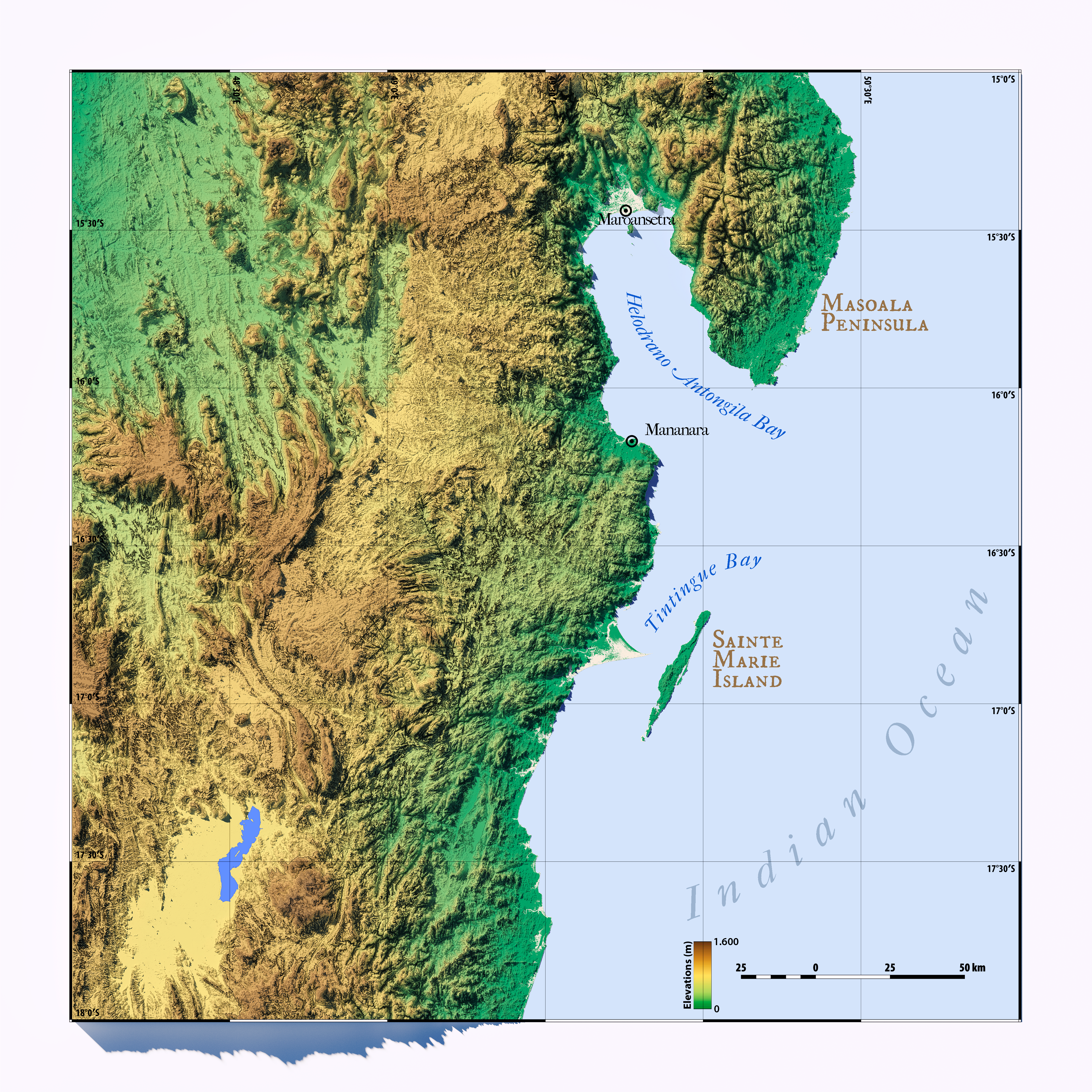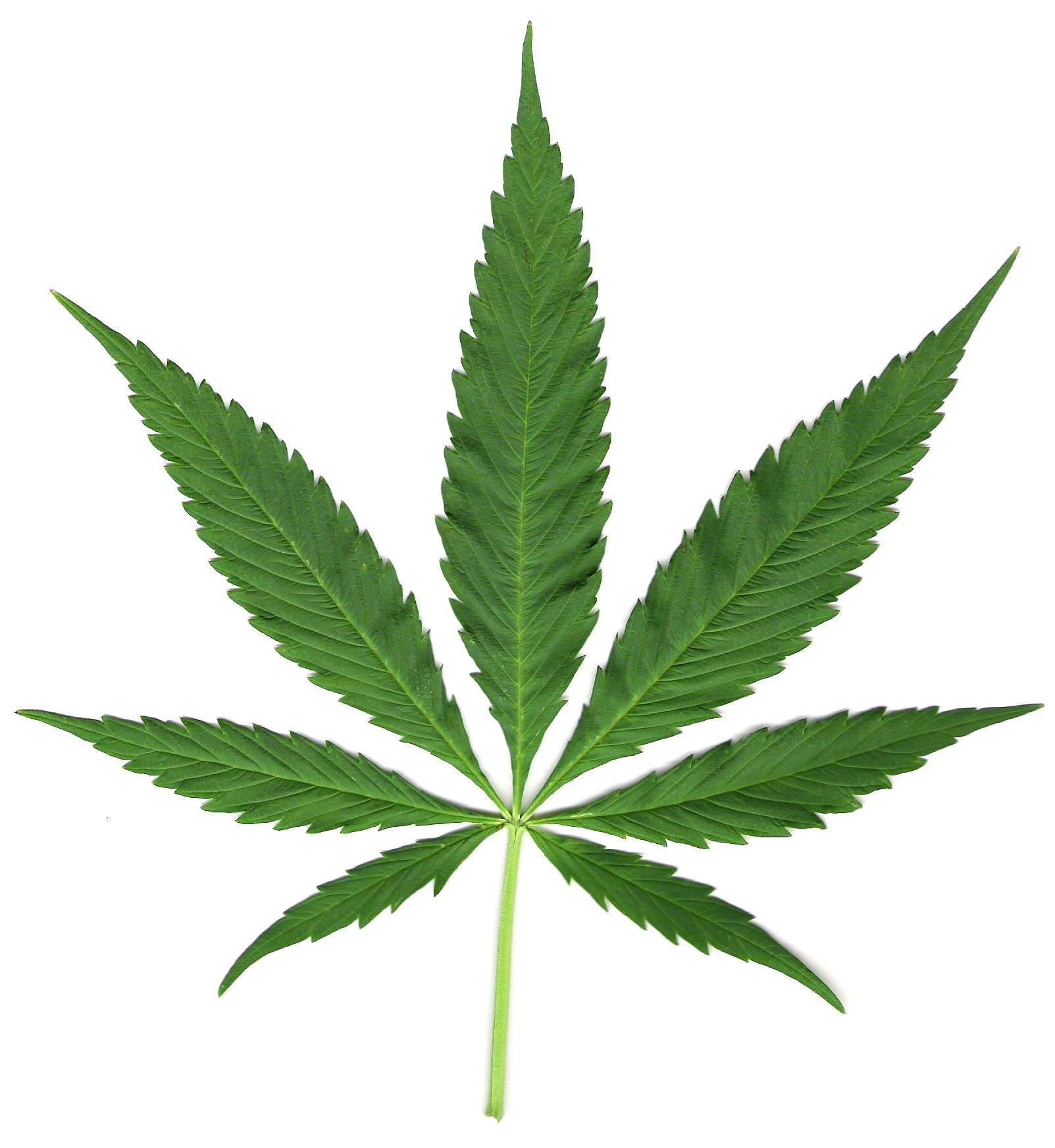|
Forest Coconut
''Voanioala gerardii'', commonly known as the forest coconut, is a species of flowering plant in the family Arecaceae. It is a relative of the coconut, and is generally regarded as monotypic within the genus ''Voanioala''. However, a team of geneticists headed by Bee F. Gunn found sufficient genetic variation within ''Voanioala'' to constitute at least two and possibly four cryptospecies. ''Voanioala'' is endemic to Madagascar, and is threatened by habitat loss. ''Voanioala'' is harvested for its edible seeds and palm heart. It is estimated that there are fewer than 15 mature trees remaining. Description The forest coconut is a Madagascan tree that can reach 15–20 meters high in the wild. It is supported by a strong root base, and its leaves sprout from the crown. Voanioala can reach up to 5 meters in height. The leaflets are waxy, green, and stiff, and seventy of them can grow from each side of a leaf. The fruit grows in groups at the crown with a thick reddish-brown color. ... [...More Info...] [...Related Items...] OR: [Wikipedia] [Google] [Baidu] |
John Dransfield
John Dransfield (born 1945) is former head of palm research at the Royal Botanic Gardens, Kew, United Kingdom. Dransfield has written or contributed to several books on palms, notably both the first and second editions of '' Genera Palmarum''. The first edition was the standard reference for palm evolution and classification and the second edition, expanding on the original, is expected to achieve that same benchmark. He studied at the University of Cambridge, B.A.(1967) biology, M.A. (1970) botany and Ph.D. biology (1970) before working at Kew Gardens. Dransfield was awarded the inaugural David Fairchild Medal for Plant Exploration in 1999, recognising him as the "world authority on the systematics of the palm family (''Arecaceae'')". In 2004, he was awarded the Linnean Medal, an annual award given by the Linnean Society of London. In 2023 Dr. Dransfield was the recipient of the Dent Smith Memorial Award, the highest accolade from the International Palm Society. The genus ... [...More Info...] [...Related Items...] OR: [Wikipedia] [Google] [Baidu] |
Bay Of Antongil
''Helodranon' Antongila'' (Bay of Antongila), more commonly called Antongil Bay in English, is the largest bay in Madagascar. This bay is on the island's east coast, toward the northern end of the eastern coastline of the island. It is within Analanjirofo administrative region. The bay is about long and wide. Forming the eastern edge of the bay is the Masoala peninsula. The island Nosy Mangabe and the town of Maroantsetra Maroantsetra , formerly Louisbourg, is a market town and domestic seaport in Analanjirofo Region, Madagascar, at the northern end of the Bay of Antongil. In 2018, Maroantsetra counted 42,529 people. Even though it is a small city, Maroantsetra ... are situated at the northern end of the bay, while the southern end of the bay is near the site of the town of Mananara Avaratra and the mouth of the Mananara River (Analanjirofo). Bays of Madagascar Analanjirofo Pirate dens and locations {{Analanjirofo-geo-stub ... [...More Info...] [...Related Items...] OR: [Wikipedia] [Google] [Baidu] |
Endemic Flora Of Madagascar
Endemism is the state of a species being found only in a single defined geographic location, such as an island, state, nation, country or other defined zone; organisms that are indigenous to a place are not endemic to it if they are also found elsewhere. For example, the Cape sugarbird is found exclusively in southwestern South Africa and is therefore said to be ''endemic'' to that particular part of the world. An endemic species can also be referred to as an ''endemism'' or, in scientific literature, as an ''endemite''. Similarly, many species found in the Western ghats of India are examples of endemism. Endemism is an important concept in conservation biology Conservation biology is the study of the conservation of nature and of Earth's biodiversity with the aim of protecting species, their habitats, and ecosystems from excessive rates of extinction and the erosion of biotic interactions. It is an i ... for measuring biodiversity in a particular place and evaluating t ... [...More Info...] [...Related Items...] OR: [Wikipedia] [Google] [Baidu] |
Monotypic Arecaceae Genera
In biology, a monotypic taxon is a taxonomic group (taxon) that contains only one immediately subordinate taxon. A monotypic species is one that does not include subspecies or smaller, infraspecific taxa. In the case of genera, the term "unispecific" or "monospecific" is sometimes preferred. In botanical nomenclature, a monotypic genus is a genus in the special case where a genus and a single species are simultaneously described. Theoretical implications Monotypic taxa present several important theoretical challenges in biological classification. One key issue is known as "Gregg's Paradox": if a single species is the only member of multiple hierarchical levels (for example, being the only species in its genus, which is the only genus in its family), then each level needs a distinct definition to maintain logical structure. Otherwise, the different taxonomic ranks become effectively identical, which creates problems for organizing biological diversity in a hierarchical system. ... [...More Info...] [...Related Items...] OR: [Wikipedia] [Google] [Baidu] |
Attaleinae
Attaleinae is a subtribe of plants in the family Arecaceae. Genera in the subtribe, the majority of which are found in South America, are: *'' Beccariophoenix'' – Madagascar *'' Jubaeopsis'' – South Africa; monotypic genus *''Voanioala'' – NE Madagascar; monotypic genus; monotypic genus *'' Allagoptera'' – Central South America *'' Attalea'' – Americas *''Butia'' – SE South America *'' Cocos'' – cosmopolitan; monotypic genus *'' Jubaea'' – Chile; monotypic genus *'' Syagrus'' – South America *''Parajubaea ''Parajubaea'' is a genus of flowering plant in the family Arecaceae. Species in this genus are native to the northern Andes mountains in northwestern South America South America is a continent entirely in the Western Hemisphere and mo ...'' – Andes See also * List of Arecaceae genera References External links Arecaceae subtribes {{Areceae-stub ... [...More Info...] [...Related Items...] OR: [Wikipedia] [Google] [Baidu] |
Rainforests
Rainforests are forests characterized by a closed and continuous tree Canopy (biology), canopy, moisture-dependent vegetation, the presence of epiphytes and lianas and the absence of wildfire. Rainforests can be generally classified as tropical rainforests or temperate rainforests, but other types have been described. Estimates vary from 40% to 75% of all biotic community, biotic species being Indigenous (ecology), indigenous to the rainforests. There may be many millions of species of plants, insects and microorganisms still undiscovered in tropical rainforests. Tropical rainforests have been called the "jewels of the Earth" and the "medicine chest (idiom), world's largest pharmacy", because over one quarter of natural medicines have been discovered there. Rainforests as well as endemic rainforest species are rapidly disappearing due to #Deforestation, deforestation, the resulting habitat loss and air pollution, pollution of the atmosphere. Definition Rainforests are cha ... [...More Info...] [...Related Items...] OR: [Wikipedia] [Google] [Baidu] |
Masoala Peninsula
Masoala National Park, in northeast Madagascar, is the largest of the island's protected areas. Most of the park is situated in Sava Region and a part in Analanjirofo. Created in 1997, the park protects 2,300 square kilometres of rainforest and 100 square kilometres of marine parks. The Masoala Peninsula is exceptionally diverse due to its large size, and variety of habitats. Altogether, the park protects tropical rainforest, coastal forest, flooded forest, marsh, and mangrove. Three marine parks protect coral reefs and a dazzling array of marine life. Climate This is an exceptionally wet area of Madagascar. The driest part of the year is from September to December. As the park is accessible only by a three-hour boat journey, the cyclone season (January to March) is best avoided. Flora and fauna There are ten lemur species, including the red ruffed lemur, which is native to the peninsula. The island reserve of Nosy Mangabe is one of the best sites in Madagascar to try to gli ... [...More Info...] [...Related Items...] OR: [Wikipedia] [Google] [Baidu] |
Monocotyledon
Monocotyledons (), commonly referred to as monocots, ( Lilianae '' sensu'' Chase & Reveal) are flowering plants whose seeds contain only one embryonic leaf, or cotyledon. A monocot taxon has been in use for several decades, but with various ranks and under several different names. The APG IV system recognises its monophyly but does not assign it to a taxonomic rank, and instead uses the term "monocots" to refer to the group. Monocotyledons are contrasted with the dicotyledons, which have two cotyledons. Unlike the monocots however, the dicots are not monophyletic and the two cotyledons are instead the ancestral characteristic of all flowering plants. Botanists now classify dicots into the eudicots ("true dicots") and several basal lineages from which the monocots emerged. The monocots are extremely important economically, culturally, and ecologically, and make up a majority of plant biomass used in agriculture. Common crops such as dates, onions, garlic, rice, wheat, maize, ... [...More Info...] [...Related Items...] OR: [Wikipedia] [Google] [Baidu] |
Flowering Plant
Flowering plants are plants that bear flowers and fruits, and form the clade Angiospermae (). The term angiosperm is derived from the Ancient Greek, Greek words (; 'container, vessel') and (; 'seed'), meaning that the seeds are enclosed within a fruit. The group was formerly called Magnoliophyta. Angiosperms are by far the most diverse group of Embryophyte, land plants with 64 Order (biology), orders, 416 Family (biology), families, approximately 13,000 known Genus, genera and 300,000 known species. They include all forbs (flowering plants without a woody Plant stem, stem), grasses and grass-like plants, a vast majority of broad-leaved trees, shrubs and vines, and most aquatic plants. Angiosperms are distinguished from the other major seed plant clade, the gymnosperms, by having flowers, xylem consisting of vessel elements instead of tracheids, endosperm within their seeds, and fruits that completely envelop the seeds. The ancestors of flowering plants diverged from the commo ... [...More Info...] [...Related Items...] OR: [Wikipedia] [Google] [Baidu] |
Leaflet (botany)
A leaflet (occasionally called foliole) in botany is a leaf-like part of a compound leaf. Though it resembles an entire leaf, a leaflet is not borne on a main plant stem or branch, as a leaf is, but rather on a leaf, petiole or a branch of the leaf. Compound leaves are common in many plant families and they differ widely in morphology (biology), morphology. The two main classes of compound leaf morphology are Leaf shape, palmate and pinnate. For example, a ''Cannabis, hemp'' plant has palmate compound leaves, whereas some species of ''Acacia sensu lato, Acacia'' have pinnate leaves. The ultimate free division (or leaflet) of a compound leaf, or a pinnate subdivision of a multipinnate leaf is called a pinnule or pinnula. Image:Ветвь акации.jpg, Pinnate leaf of a Fabaceae, legume with 10 leaflets Image:Mimosa Pudica.gif, ''Mimosa pudica'' folding leaflets inward. See also * Compound leaf References Leaf morphology {{plant-morphology-stub ... [...More Info...] [...Related Items...] OR: [Wikipedia] [Google] [Baidu] |
Habitat Loss
Habitat destruction (also termed habitat loss or habitat reduction) occurs when a natural habitat is no longer able to support its native species. The organisms once living there have either moved elsewhere, or are dead, leading to a decrease in biodiversity and Abundance (ecology), species numbers. Habitat destruction is in fact the leading cause of biodiversity loss and species extinction worldwide. Humans contribute to habitat destruction through the Exploitation of natural resources, use of natural resources, agriculture, industrial production and urbanization (urban sprawl). Other activities include mining, logging and trawling. Environmental factors can contribute to habitat destruction more indirectly. Geological processes, climate change, introduced species, introduction of invasive species, ecosystem nutrient depletion, water pollution, water and noise pollution are some examples. Loss of habitat can be preceded by an initial habitat fragmentation. Fragmentation and lo ... [...More Info...] [...Related Items...] OR: [Wikipedia] [Google] [Baidu] |




